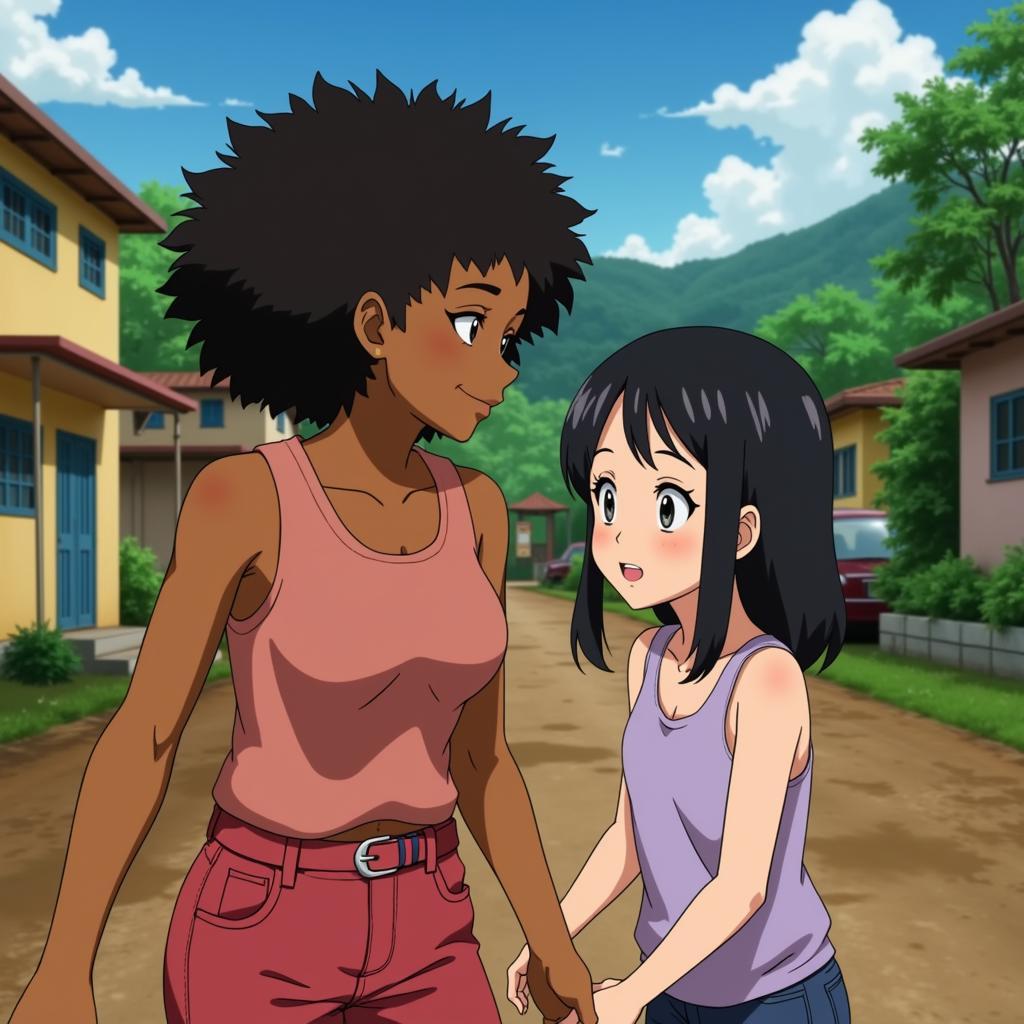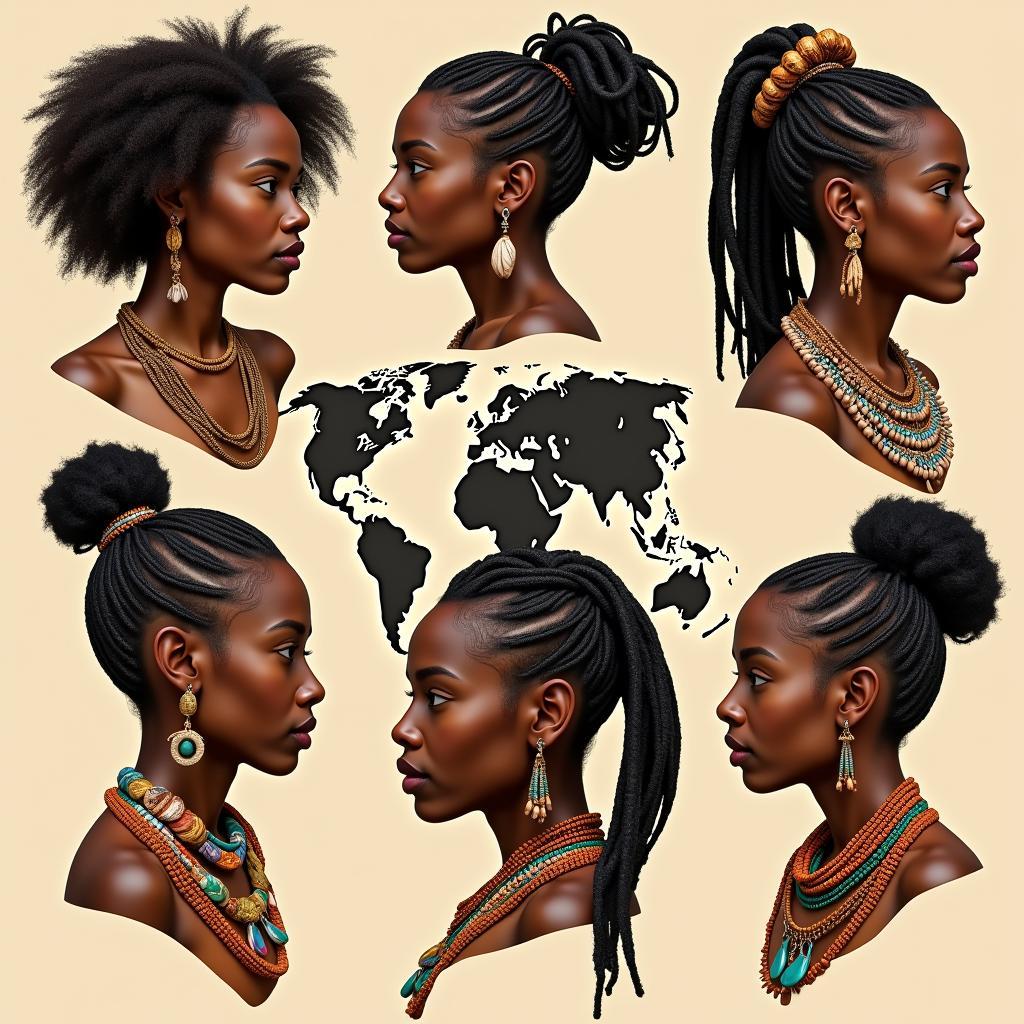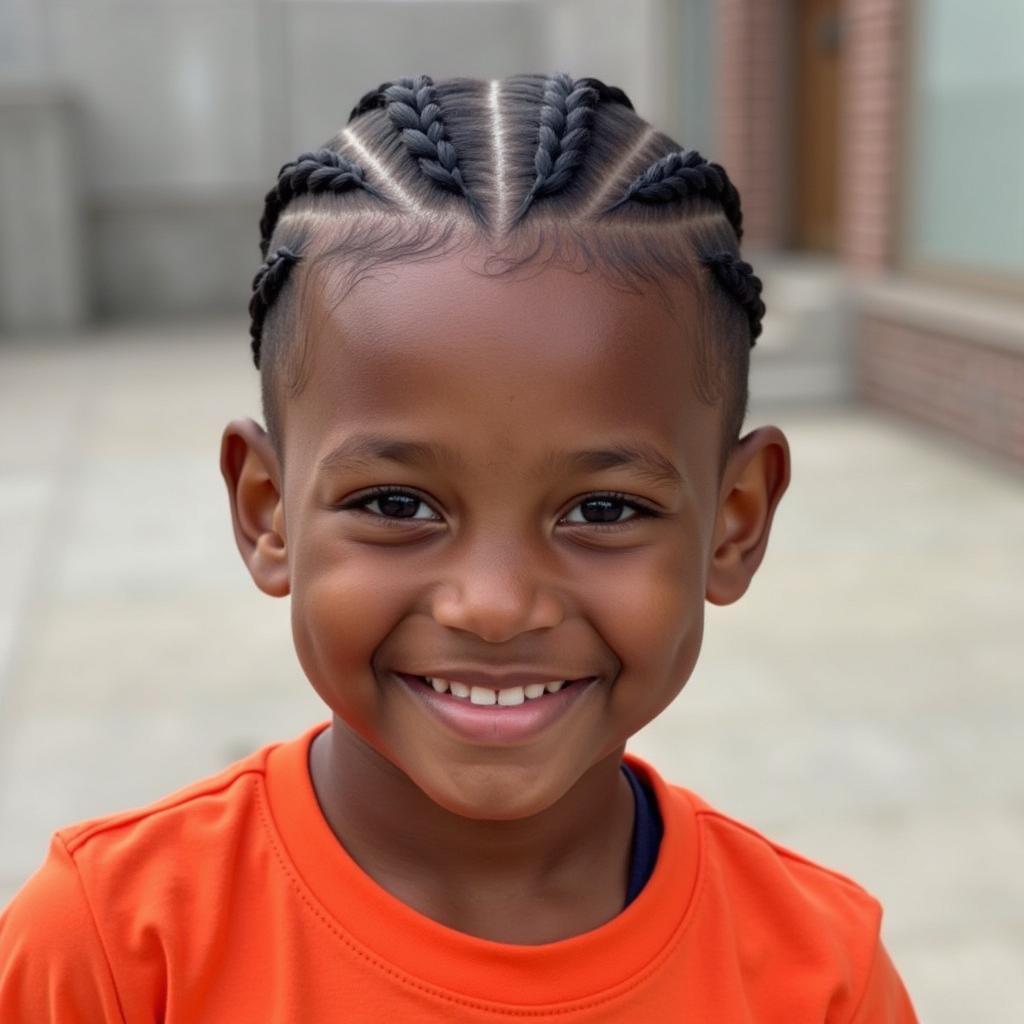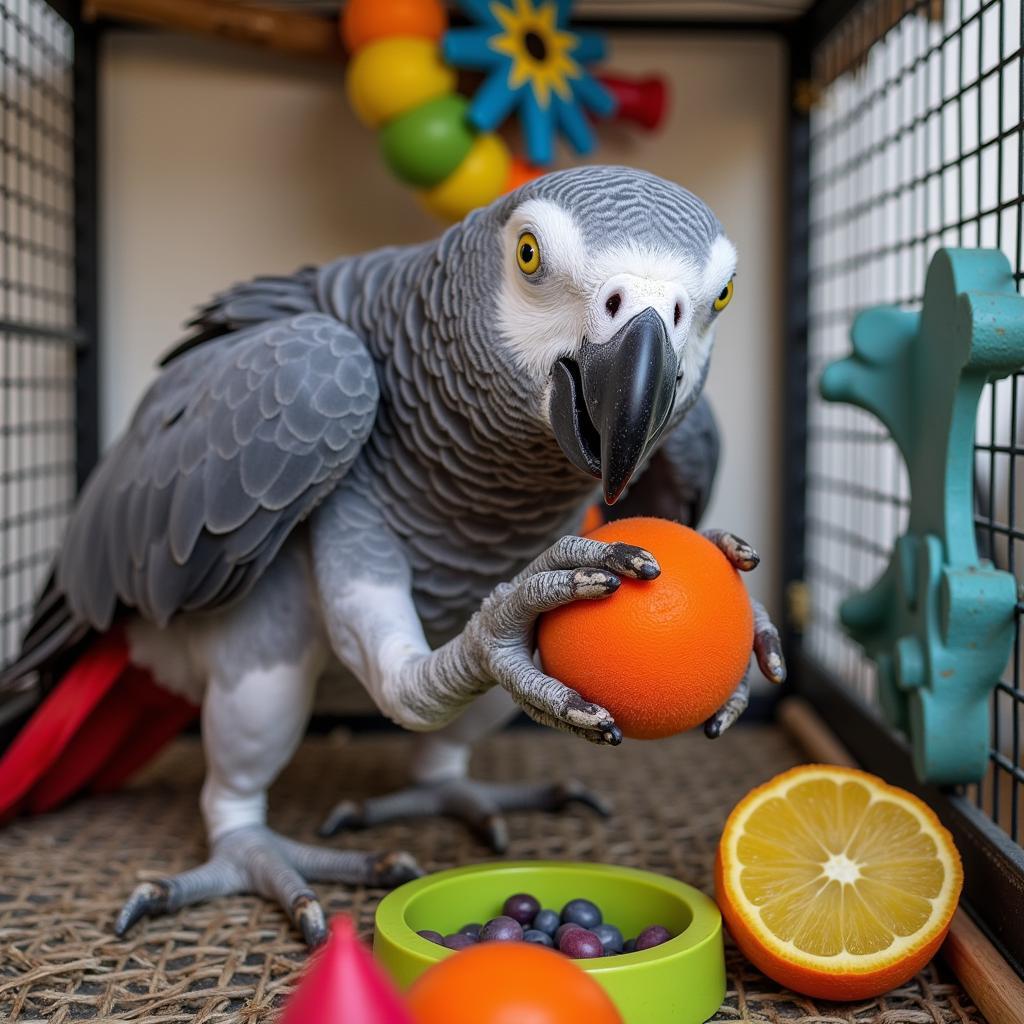African American Anime Characters: Exploring Representation in Japanese Animation
The world of anime, with its vibrant visuals, compelling narratives, and diverse characters, has captivated a global audience. As this popularity grows, so too does the conversation surrounding representation, including the portrayal of African American characters in Japanese animation. While anime historically draws inspiration from Japanese culture, the industry is slowly acknowledging the demand for wider representation, including characters of African descent. This exploration delves into the presence, significance, and challenges of depicting African American Anime Characters.
The Search for Visibility: A History of Representation
The lack of substantial African American representation in anime reflects a broader issue within the animation industry. For decades, the medium has predominantly showcased characters conforming to East Asian appearances and cultural backgrounds. While some might attribute this to cultural homogeneity or targeted demographics, the increasing globalization of anime consumption necessitates a shift towards inclusivity.
Breaking Barriers: Notable African American Anime Characters
Despite the challenges, anime has seen a slow but steady rise in African American characters who defy stereotypes and contribute meaningfully to their respective narratives. Characters like Afro Samurai from the titular series, with his stoic demeanor and complex backstory, have garnered critical acclaim. Similarly, Michiko Malandro from “Michiko & Hatchin”, with her fiery personality and captivating storyline, has challenged conventional portrayals of women of color in animation.
 Michiko & Hatchin: A Groundbreaking Anime Series
Michiko & Hatchin: A Groundbreaking Anime Series
Beyond Stereotypes: The Importance of Authentic Representation
The push for greater representation of African American characters in anime goes beyond mere visibility; it’s about authenticity and respect. Stereotypical portrayals, often rooted in harmful caricatures, can perpetuate prejudice and limit the understanding of diverse cultures.
The Future of Representation: Hope and Challenges
The future of African American representation in anime lies in the hands of creators, studios, and audiences alike. A conscious effort towards authentic storytelling, nuanced character development, and diverse creative teams is essential. While challenges remain, the increasing demand for representation, coupled with the evolving landscape of the animation industry, offers a beacon of hope. As anime continues to captivate audiences worldwide, embracing diverse voices and experiences will only enrich its narrative tapestry.
FAQs
1. Are there many African American voice actors in anime?
The number of African American voice actors in anime is steadily growing, though it remains relatively small compared to other ethnicities.
2. What are some of the challenges in creating authentic African American anime characters?
Challenges include avoiding harmful stereotypes, ensuring cultural sensitivity, and creating characters with depth and nuance.
Do you have any other questions about African American Anime characters?
Check out these related articles on our website:
For further assistance, please don’t hesitate to contact us:
- Phone: +255768904061
- Email: kaka.mag@gmail.com
- Address: Mbarali DC Mawindi, Kangaga, Tanzania
Our dedicated customer support team is available 24/7 to answer your questions and provide you with the information you need.


